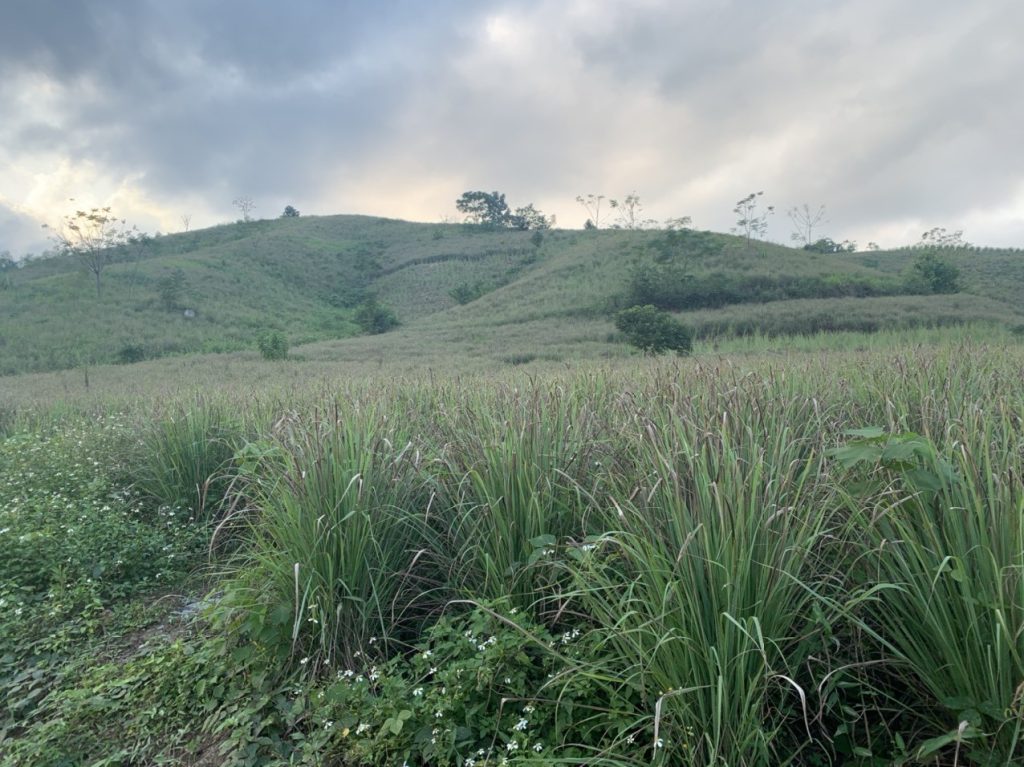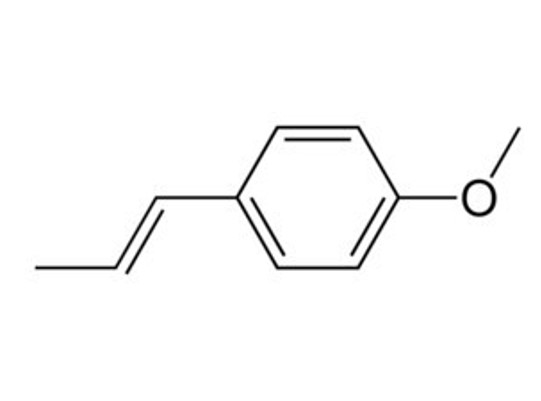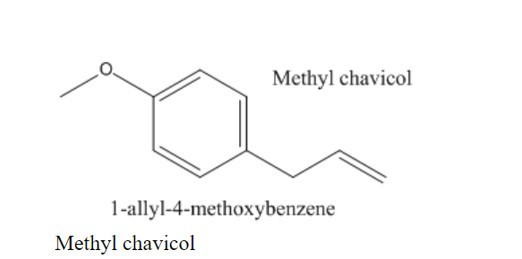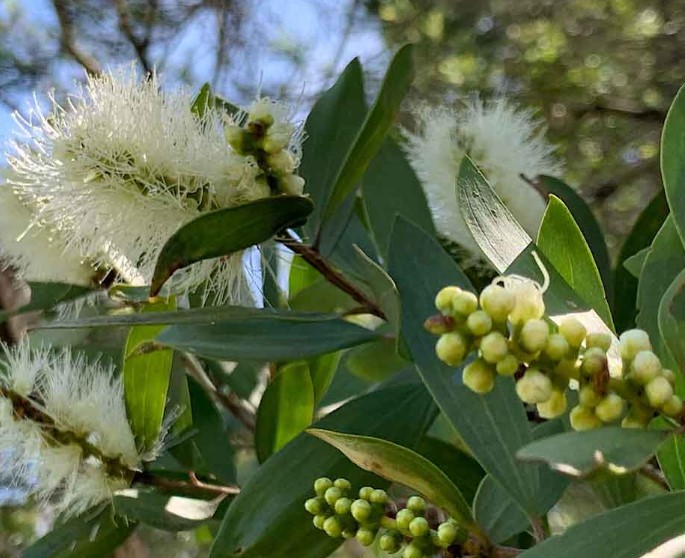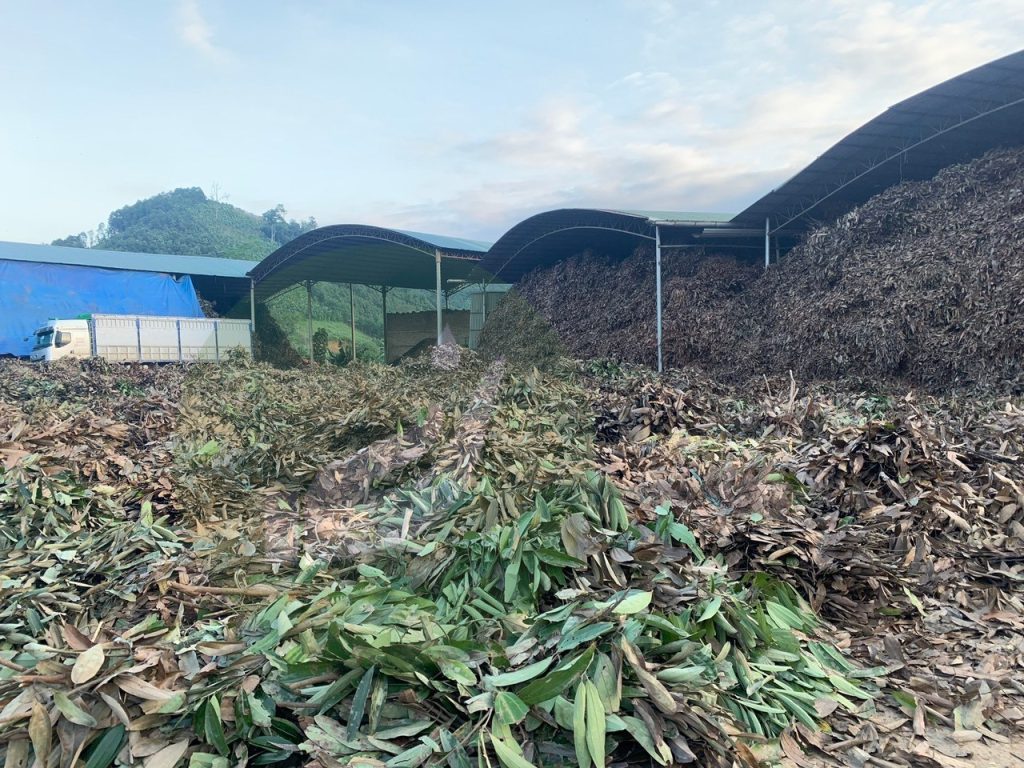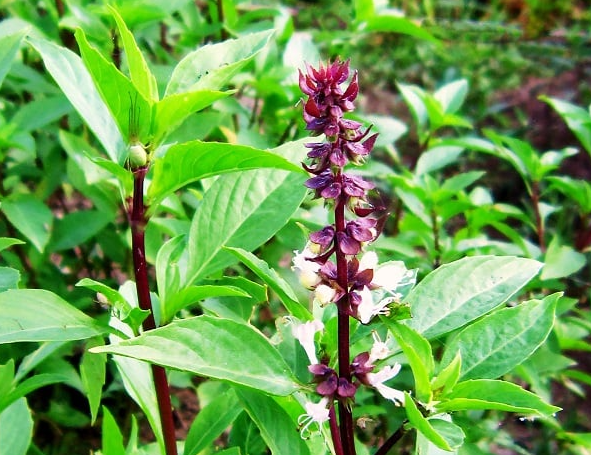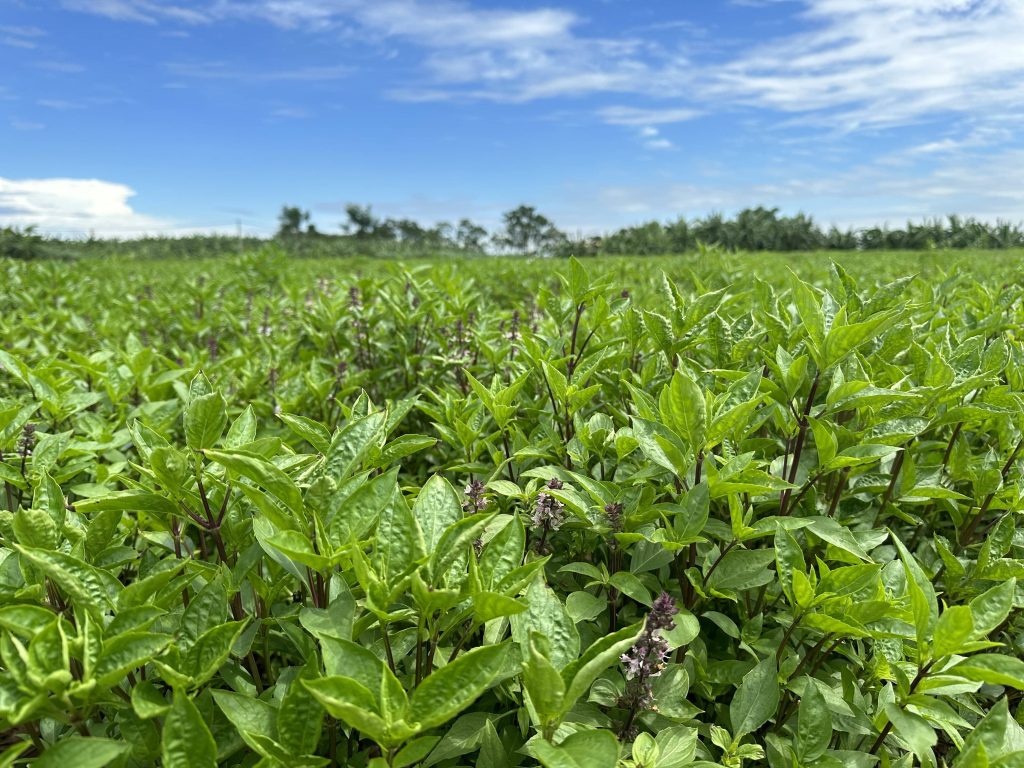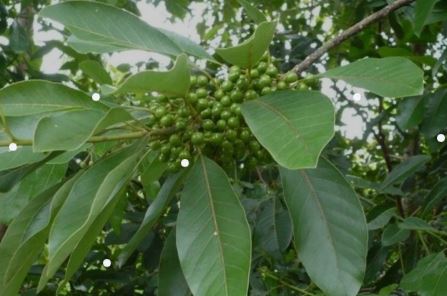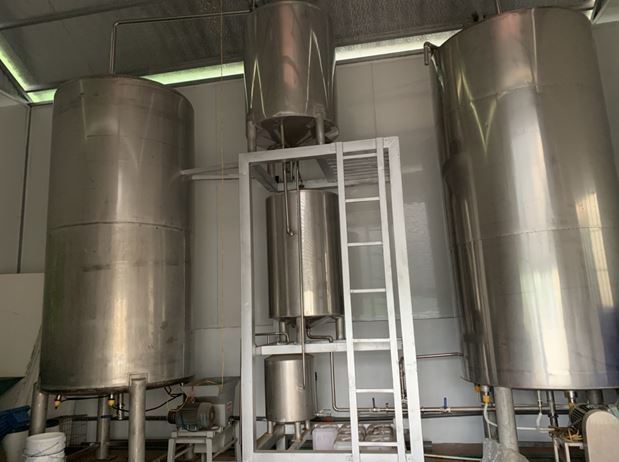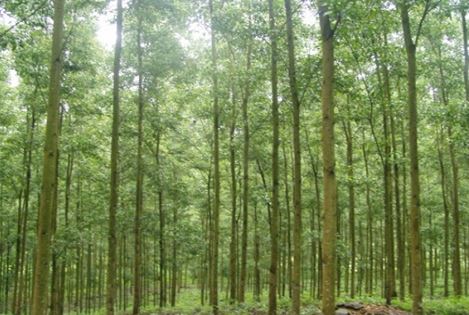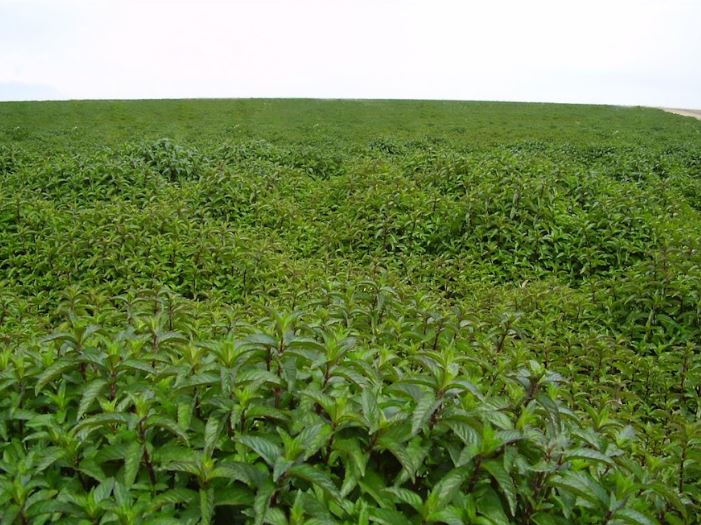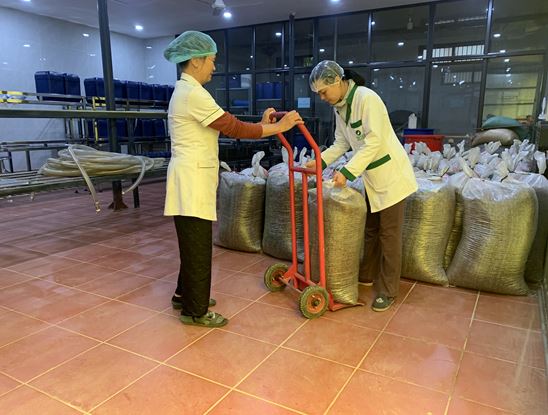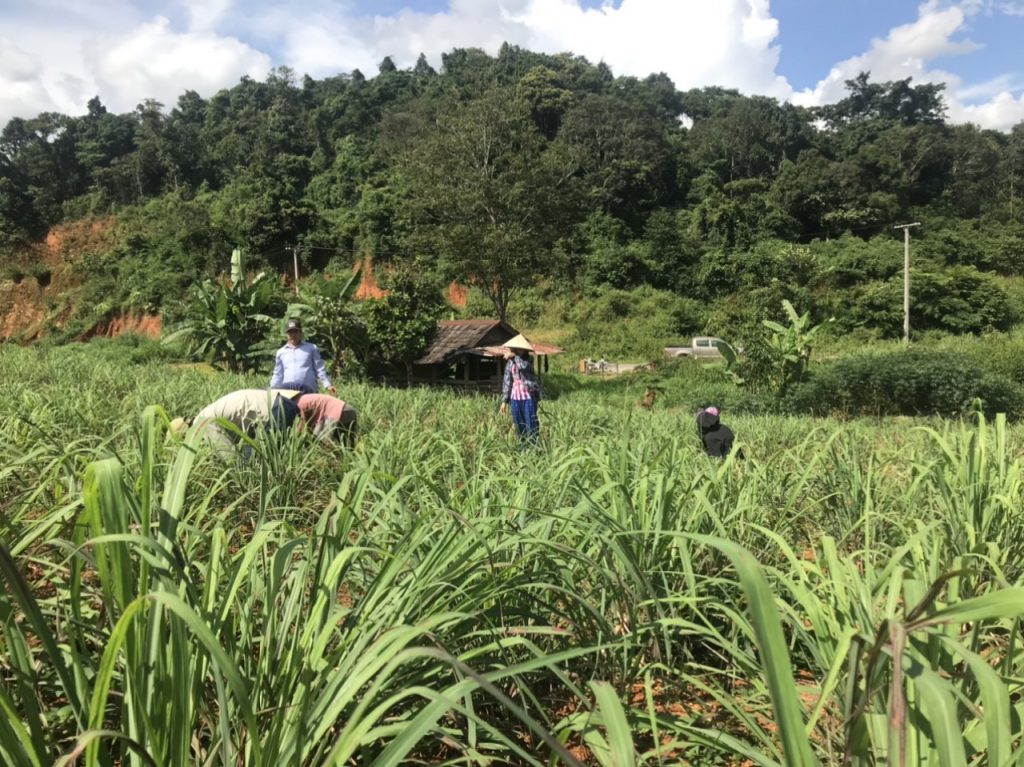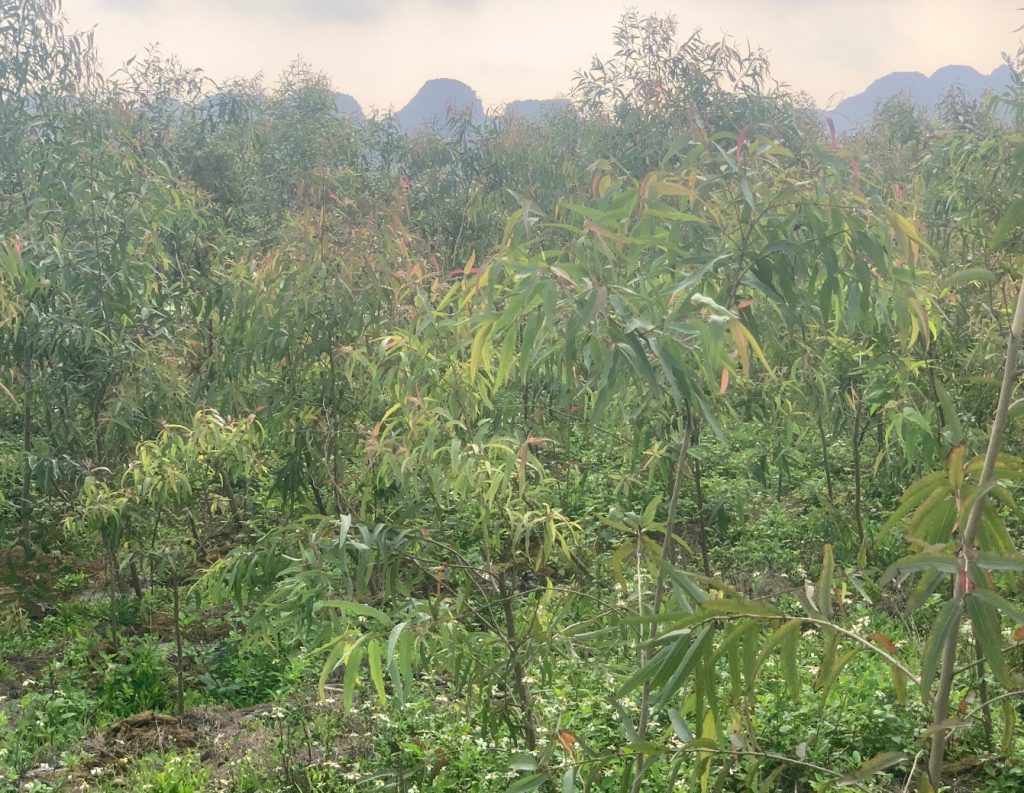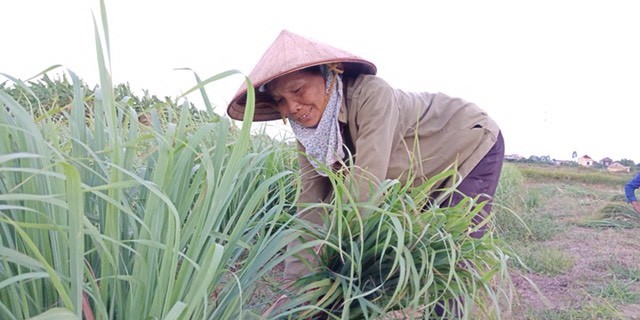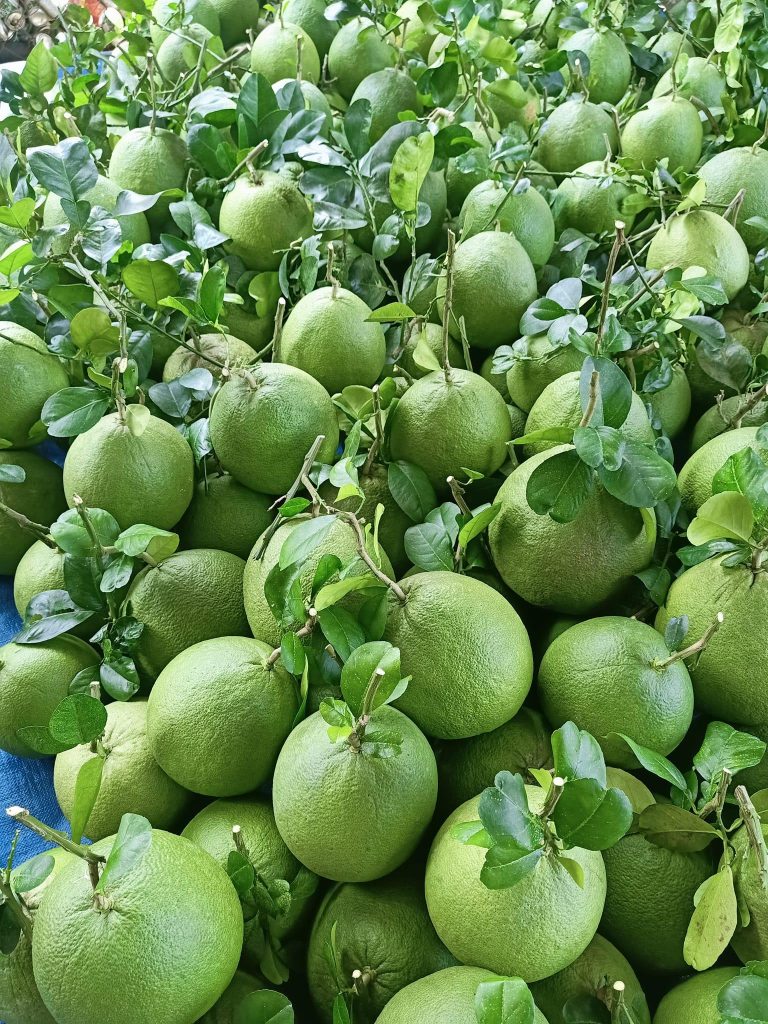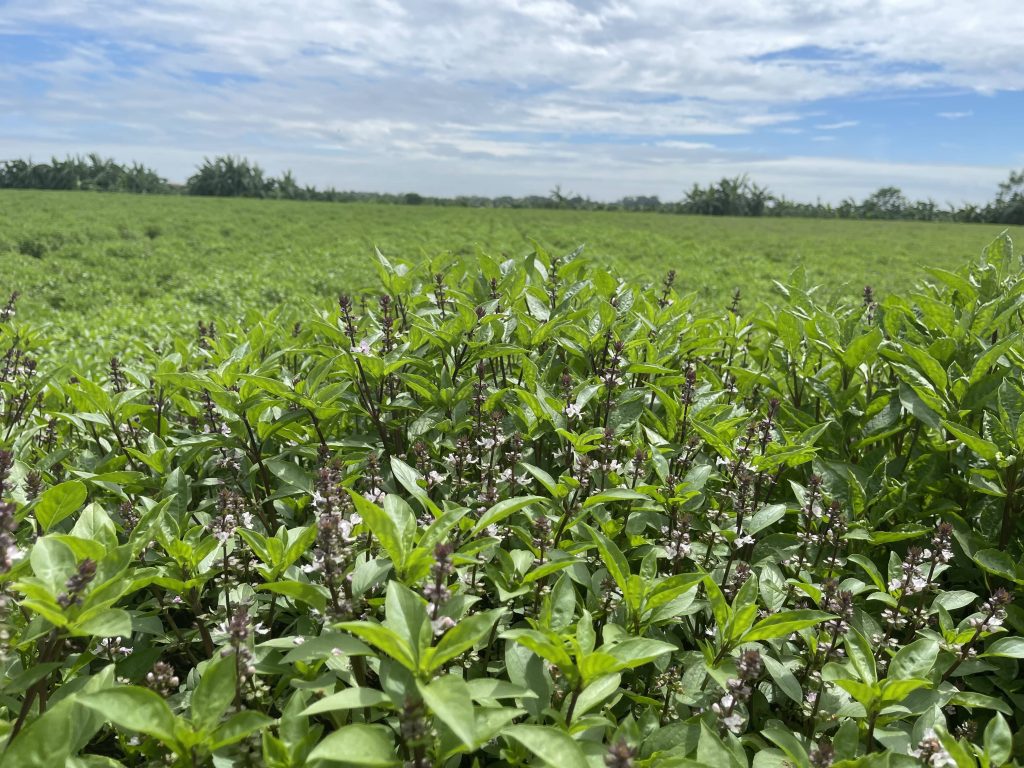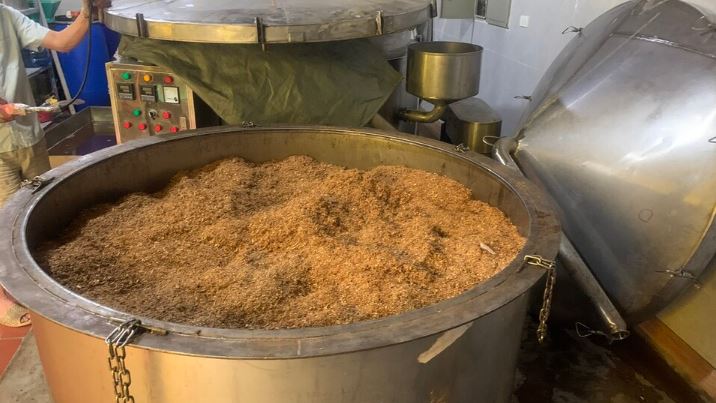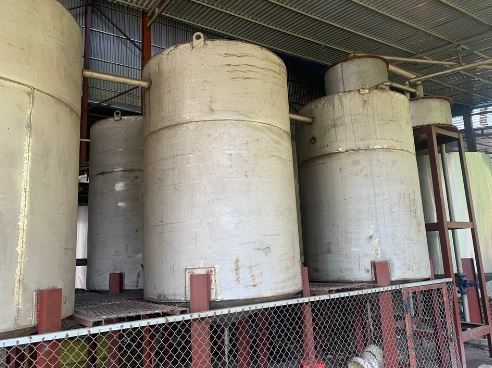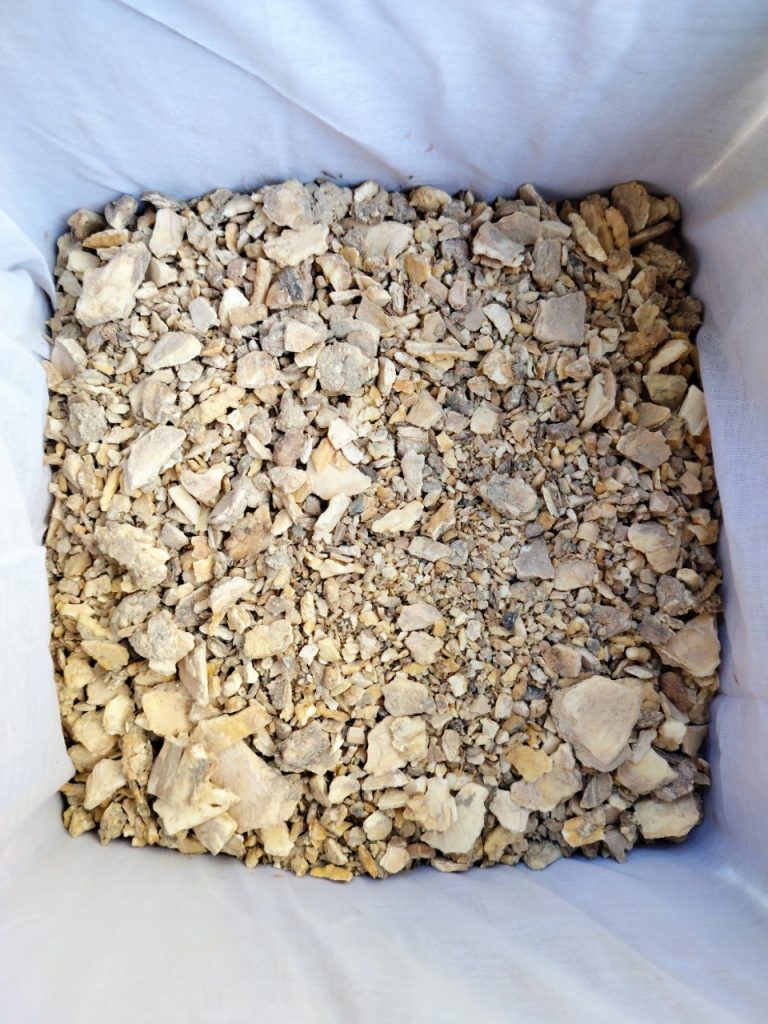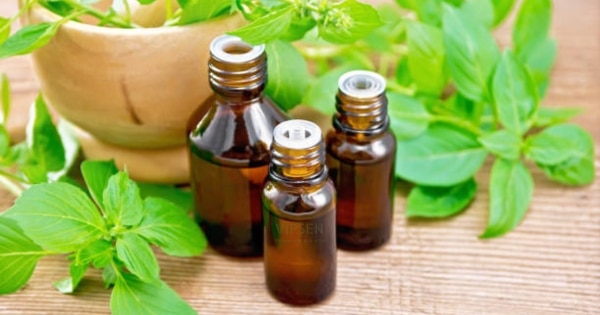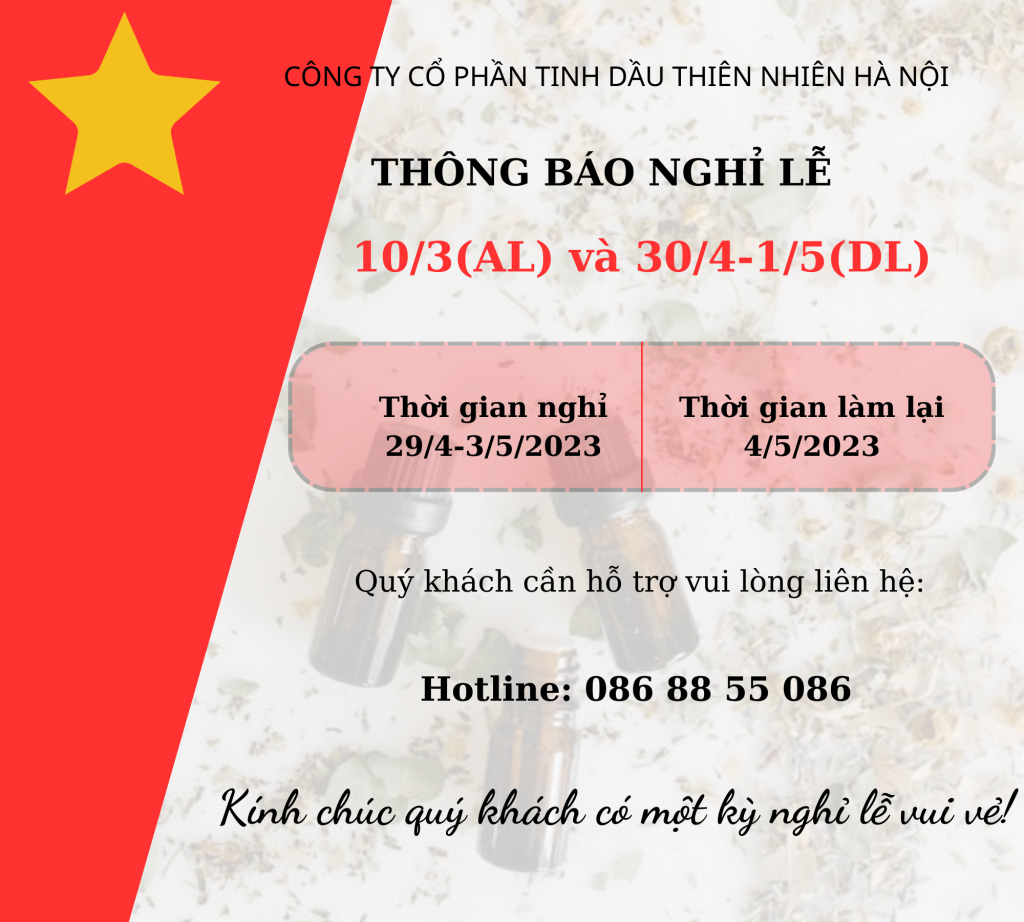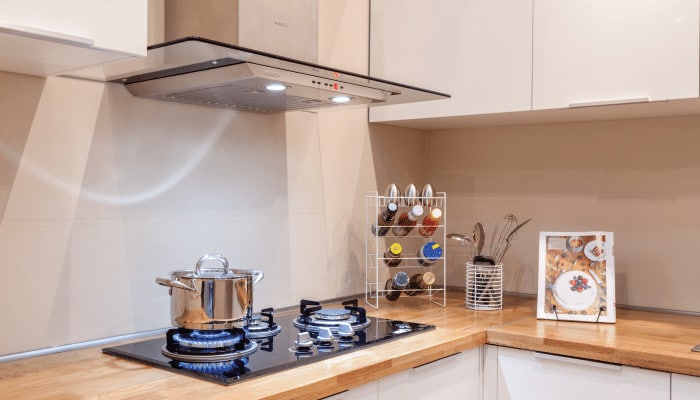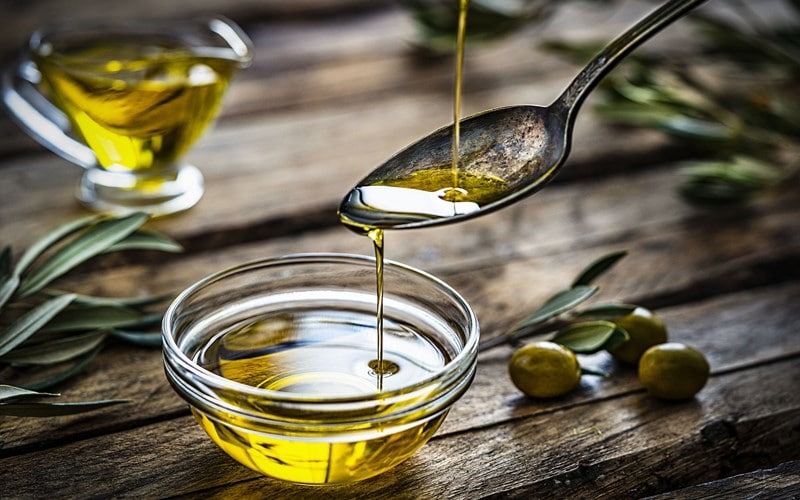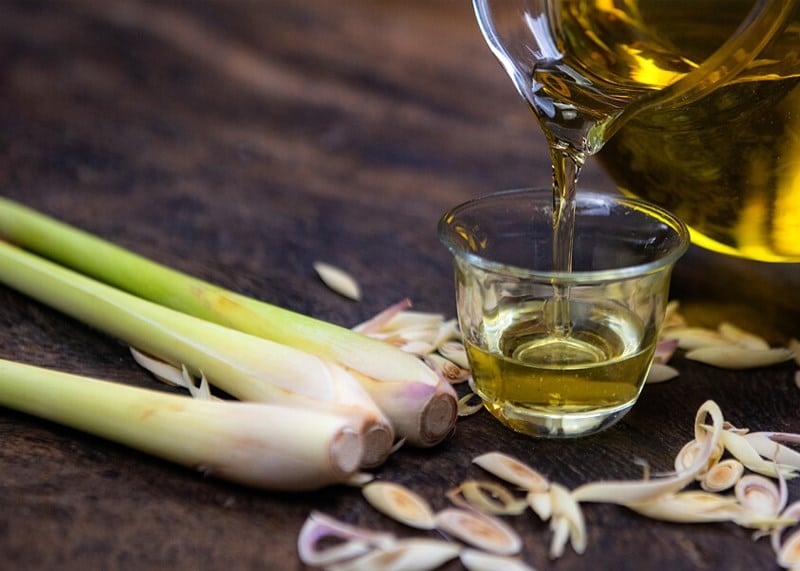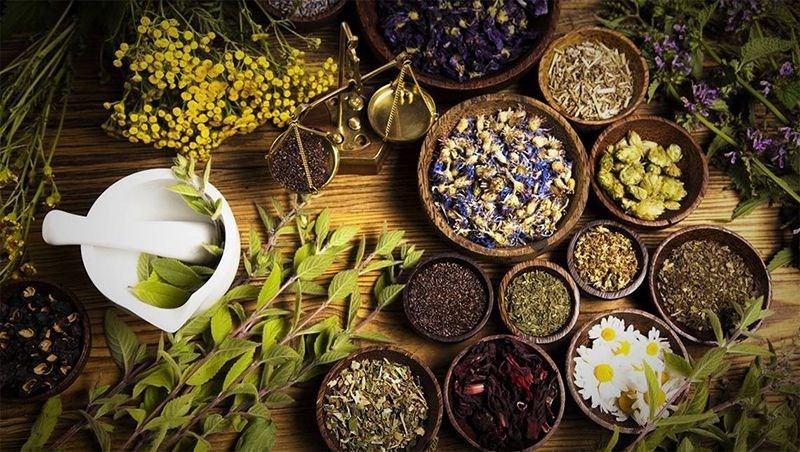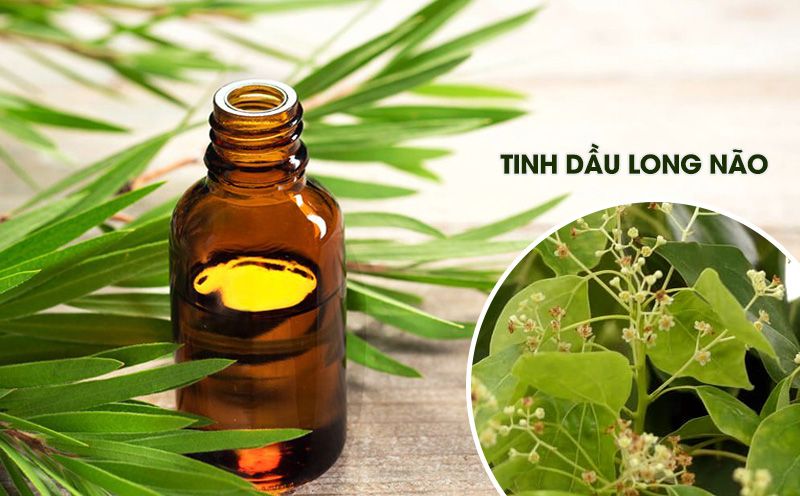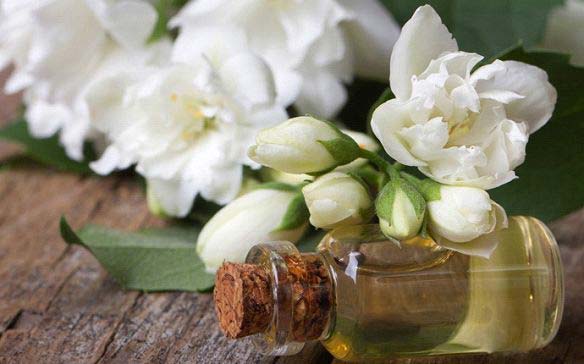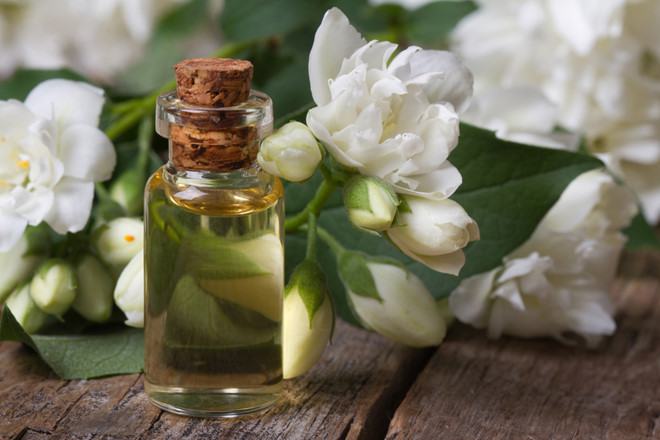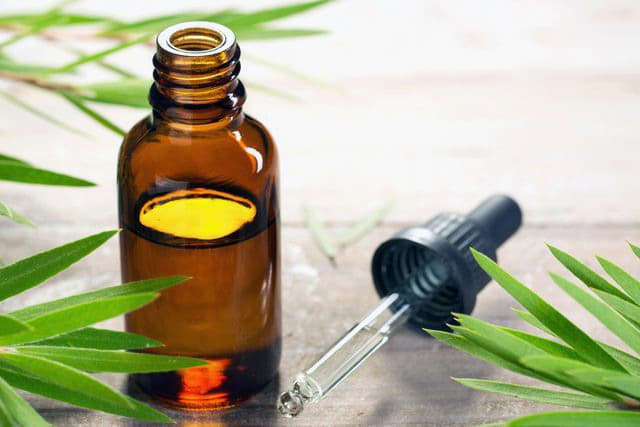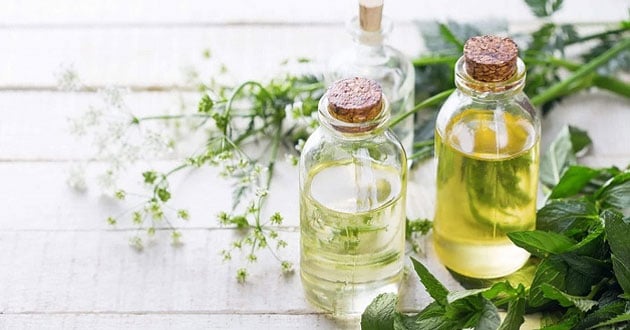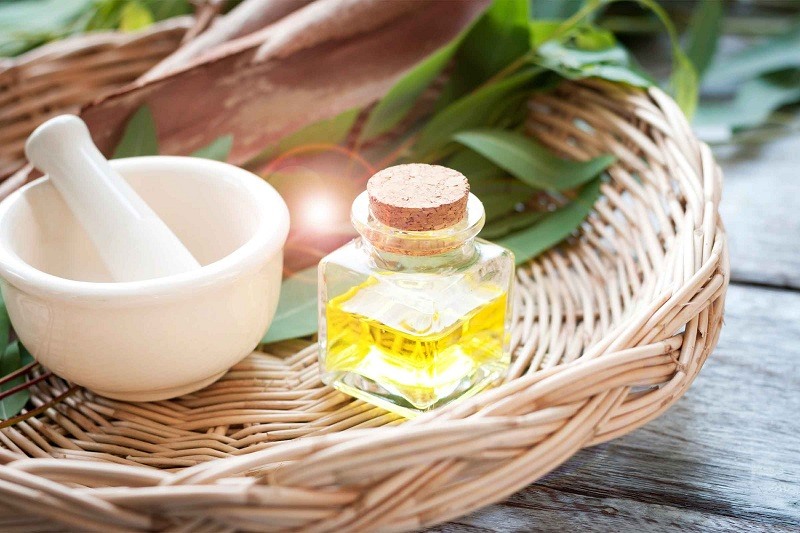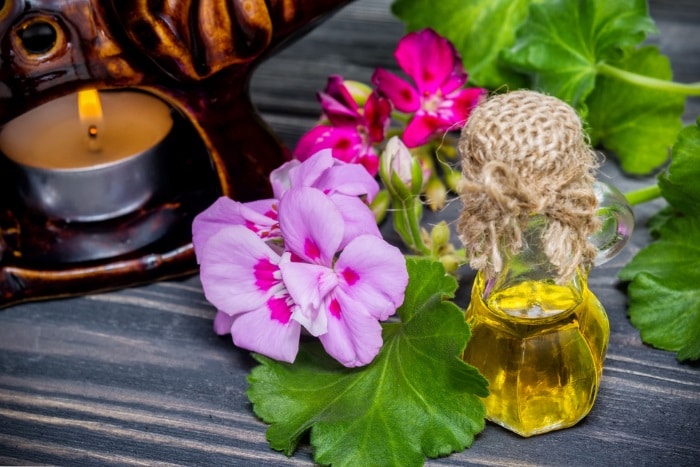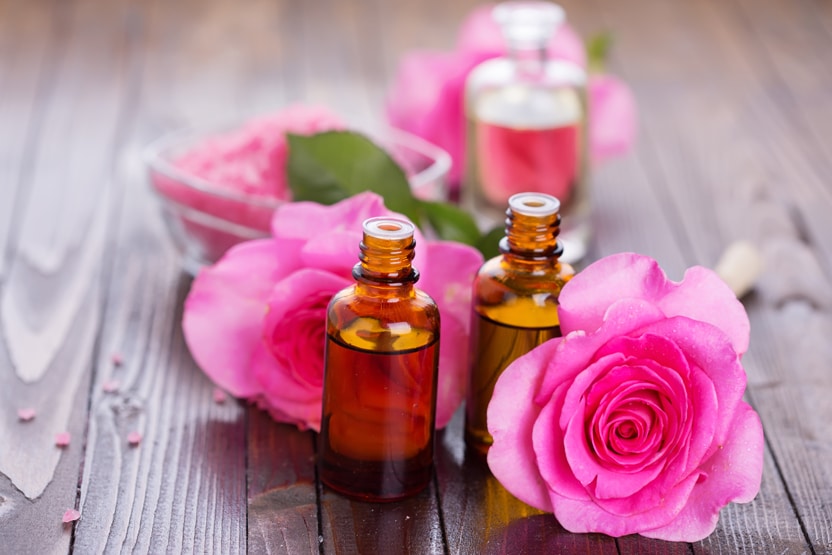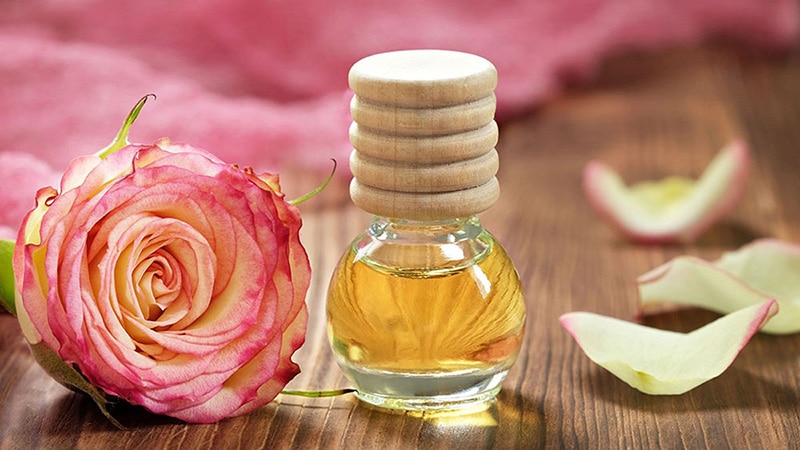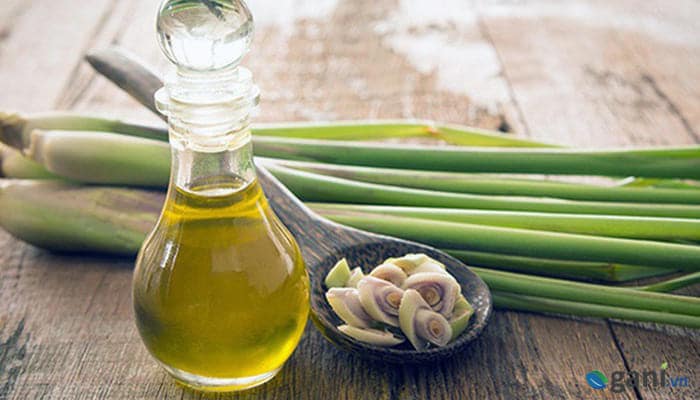
Vietnamese anise essential oil: No-toxic, trans anethole content >= 85%
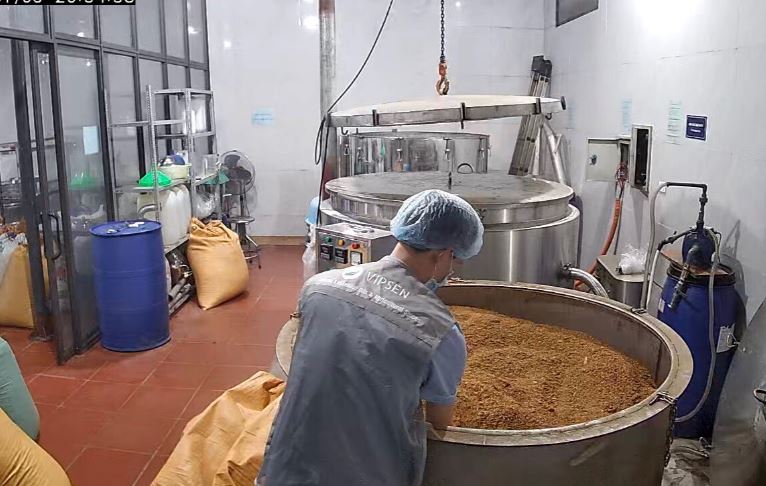
1. Overview of Vietnamese Star Anise
1.1 Vietnamese star anise
The Vietnamese anise plant’s English name is Illicium verum Hook. f.
The anise tree is a woody plant 6 – 12m tall for mature, appearing widely in the mountainous areas of Northern Vietnam and Southern China. The tree has green leaves all year round. Each tree produces 80-100kg of fresh fruit every year and this lasts for 40-50 years.
Although it is called “Star anise”, this is actually anise fruit. Because of its flower shape, people often call it like that. In addition, star anise is also known by other names such as Dai Hoi, Tai Vi, Bat Giac Hoi Huong…. Anise fruit usually consists of 6-12 petals, arranged in a star shape, average diameter 2.5-3cm, thickness 6-10mm. When fresh, star anise is green; when ripe, dry and hard, it is pinkish brown. When dry, each wing (the Vietnamese call it ‘Dai’) will crack in two, revealing smooth, light brown seed.
Anise trees usually harvest ripe fruit in September or April, each crop lasting 3-4 months. Normally, an anise tree must be at least 5 years old to get its fruit. It can only be harvested twice a year, so this is considered a “rare” item.
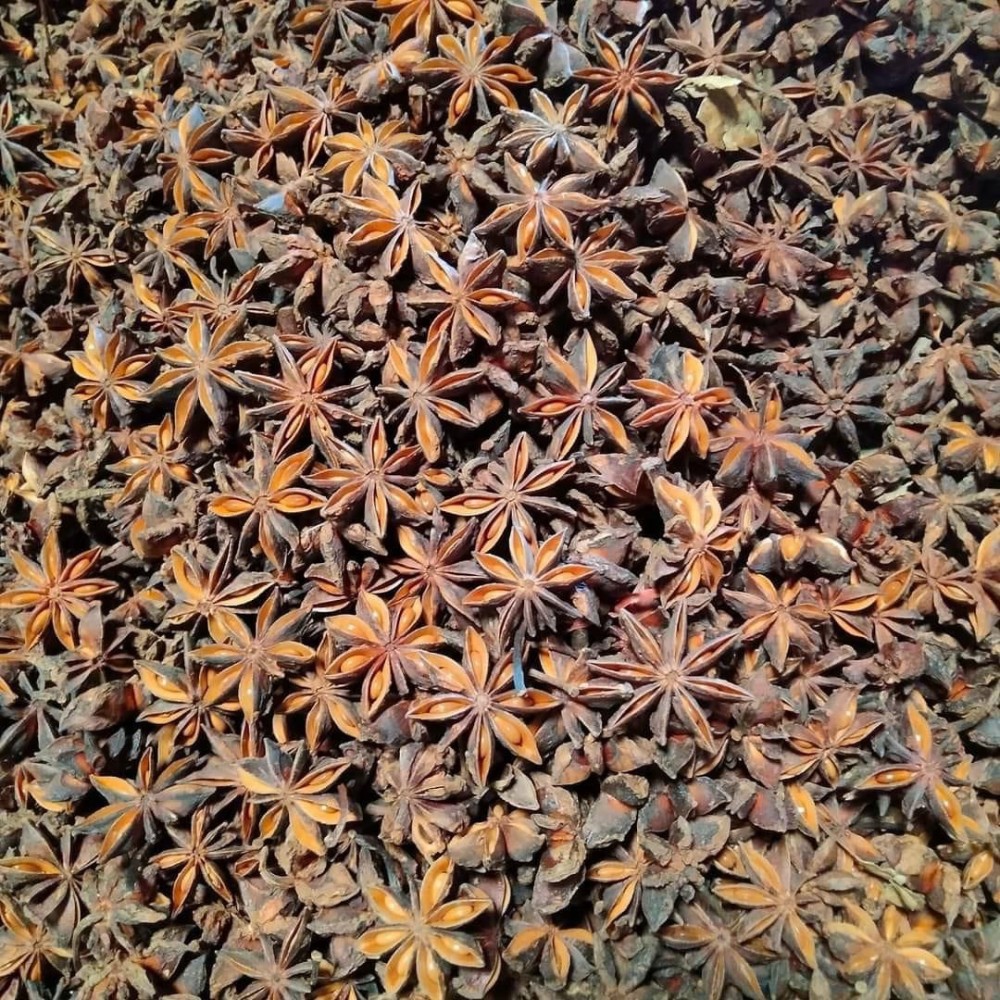
Vietnamese Star Anise
Dishes that need to use anise as a necessary spice include pho, simmered dishes, stews, curries, dishes with ingredients from beef, offal… This is due to the Anethole contained in anise. In addition to creating a unique smell and taste, it also helps increase the nutritional value of the dish.
Star anise powder is often used as a very attractive spice for stewing and baking. Especially grilled dishes, thanks to the fragrant star anise , increasing the appeal of the dish.
1.2 Vietnamese Anise growing areas
Anise growing areas are concentrated mainly at altitudes from 200 – 300 – 400 – 600 m with the average annual temperature in these areas ranging from 18 – 22℃. The total average annual rainfall suitable for the growth and development of anise plants ranges from 1,000 – 1,400 – 1,600 – 2,800 mm.
Anise plants are not only found in Lang Son but are also grown in some other mountainous provinces in Northern Vietnam such as Cao Bang, Bac Kan, Quang Ninh… and some localities in China. However, due to nature’s favorable climate and soil characteristics of the locality, Lang Son Anise products are still considered to be the products with the best quality, high and special essential oil content, no toxins (trans-anethole content is always above 85%)
Lang Son has more than 43,370 hectares of anise forest, accounting for about 70% of the Vietnam anise area, of which more than 28,000 hectares of anise are producing a stable harvest, with dried anise output reaching from 7,500 to 16,000 tons/year.
Lang Son anise is one of 39 Vietnamese geographical indications recognized and protected in the European Union (EU).
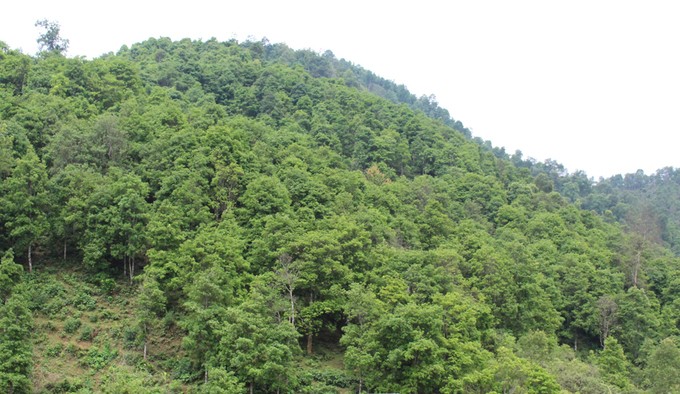
An anise growing area in Van Quan, Lang Son, Vietnam
2. Vietnamese anise essential oil
Colorless or pale yellow liquid. It has a sweet taste and the characteristic smell of anise. Extracted ingredients: dried star anise.
Essential oils are largely concentrated in anise fruit, and anise leaves have little essential oil content.
Density at 20 oC: 0.978 – 0.988
Refractive index at 20 oC: 1.552-1.569
Optical rotation at 20 oC: -2 to +1
2.1 Ingredients of Vietnamese anise essential oil
The main ingredient is trans – anethol >85%. There are also about 20 other compounds such as Limonene, α-pinene, linalool, phellandrene, Caryophyllene, 1.8-cineol…
2.2 Anethole
CAS: 104-46-1
Anethole, chemical structure C10H12O is the compound that creates the characteristic odor of anise, fennel and star anise. Anethole is similar to Estragole, a main compound in the basil plant. Anethole has a density of 0.998g/cm3. Melting point 20-21oC, boiling point 234oC. Anethole is an aromatic, unsaturated ether. Anethole has a sweet taste, more than 10 times sweeter than sugar.
Trans-anethol is the main substance in Anise essential oil. With natural anise essential oil products in Vietnam, the trans-anethol content is usually greater than 85%, determining the freezing degree of the essential oil. Meanwhile, Cis-Anethol is a toxic compound. In Vietnam, Cis-Anethol content is usually less than 0.03%, insignificant, reaching a safe level.
Anethole is sparingly soluble in water but is well soluble in ethanol. Anethole is widely used in the food, beverage, toothpaste, mouthwash industries…
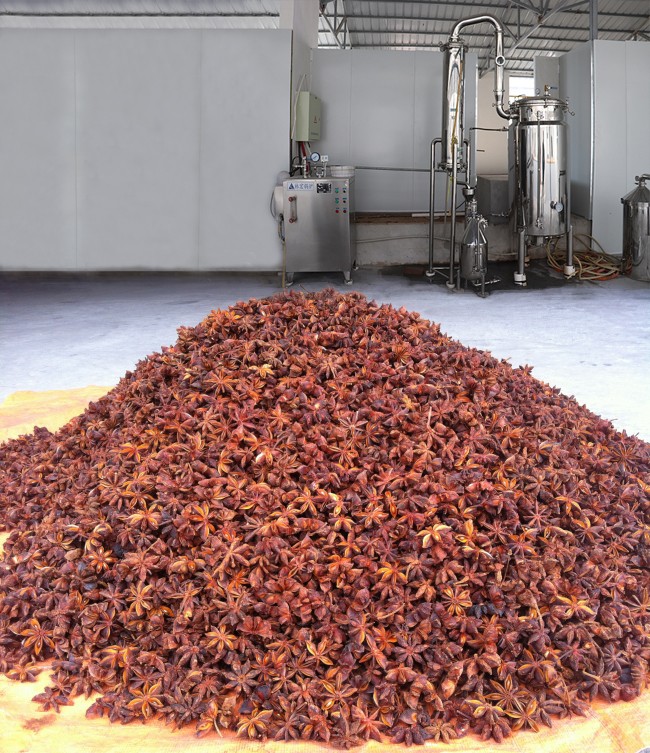
Star anise before extracting
2.3 Extraction method
All parts of the Anise plant have the scent of essential oils. Thus, theoretically any part of the Anise plant can be used as raw material to distill essential oils. However, in reality, most of the anise essential oil produced in Vietnam in general and VIPSEN in particular is distilled from the fruit (Star Anise)
Anise essential oil can be distilled from leaves but the quality is not equal to the quality of essential oil from the fruit. The freezing point of Anise essential oil distilled from leaves is usually <14oC
The distillation of anise essential oil is mainly based on the steam distillation method at normal pressure.
2.4 Uses of anise essential oil
The star-shaped seed contains fragrance properties used in beauty and washing products. It is also used as a digestive and flavorful spice in many Asian cuisines. Traditionally believed to have health benefits, its content of shikimic acid has more recently been discovered by modern medicine as a precursor for the synthesis of the anti-influenza drug Tamiflu.
Antibacterial: Anise contains trans – anethol, a main ingredient that has anti-parasitic, antiviral, antibacterial and antifungal effects. Anise essential oil has been tested and inhibits the growth of many types of bacteria and fungi, such as bacillus subtilis, Candida albicans, Salmonella typhi, and Staphylococcus aureus infections.
Antifungal: Anise essential oil contains antifungal compounds, including terpene, linalool, and trans – anethole. These substances have the ability to prevent the formation of biofilms and fungal cells, inhibiting the growth of pathogenic fungi in fruit trees.
Thanks to its antibacterial and antifungal properties, anise essential oil has a good effect on healing body skin, quickly recovering wounds and treating scars. Therefore, anise essential oil is widely used in cosmetics and pharmaceuticals.
Anti-virus: Shikimic acid in star anise has strong anti-viral properties. Anise essential oil has been studied and shown to have potential in treating several types of viral infections, including herpes simplex type 1.
Aromatherapy: With its characteristic aroma, anise essential oil can be used in aromatherapy, providing an impressive fragrance and benefits such as antibacterial, antioxidant, air purifying, and relaxing. mental relaxation. Not only that, Anise Essential Oil is very useful in reducing colds, flu or bronchitis. Thanks to its sweet scent similar to the smell of black licorice, anise essential oil is used as a “Spice note” in many perfumes today.
Antioxidant: Anise essential oil has the ability to eliminate free radicals, inhibit lipid peroxidation and protein denaturation, and has antioxidant and anti-inflammatory effects.
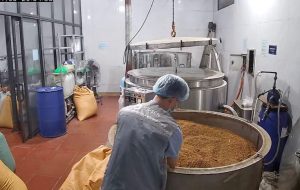
Starting to steam distilling anise oil in VIPSEN Essential oil factory
3. Anise essential oil produced at VIPSEN
VIPSEN is one of the leading researchers and producers of natural essential oils in Vietnam. Essential oil products are produced using advanced methods, achieving high quality with 100% natural ingredients, without additives or mixtures.
Anise essential oil products are produced by VIPSEN from selected raw materials, from famous raw material growing areas in Vietnam such as Lang Son, Cao Bang… The production process from planting to harvesting raw materials for Production and preservation of finished products are always closely monitored by a team of experienced experts and technicians. VIPSEN’s anise essential oil products are not only popular in Vietnam but are also exported to many countries around the world.
For further information, please contact:
Phone number/Whatsapp/Zalo/Wechat: +84 868 855 086
Email: Export@Vipsen.vn
Address: D7-TT9, Forosa street, Xuan Phuong new urban area, Xuan Phuong, Nam Tu Liem, Hanoi
Factory address: Bai Dai, Tien Xuan, Thach That, Hanoi.










